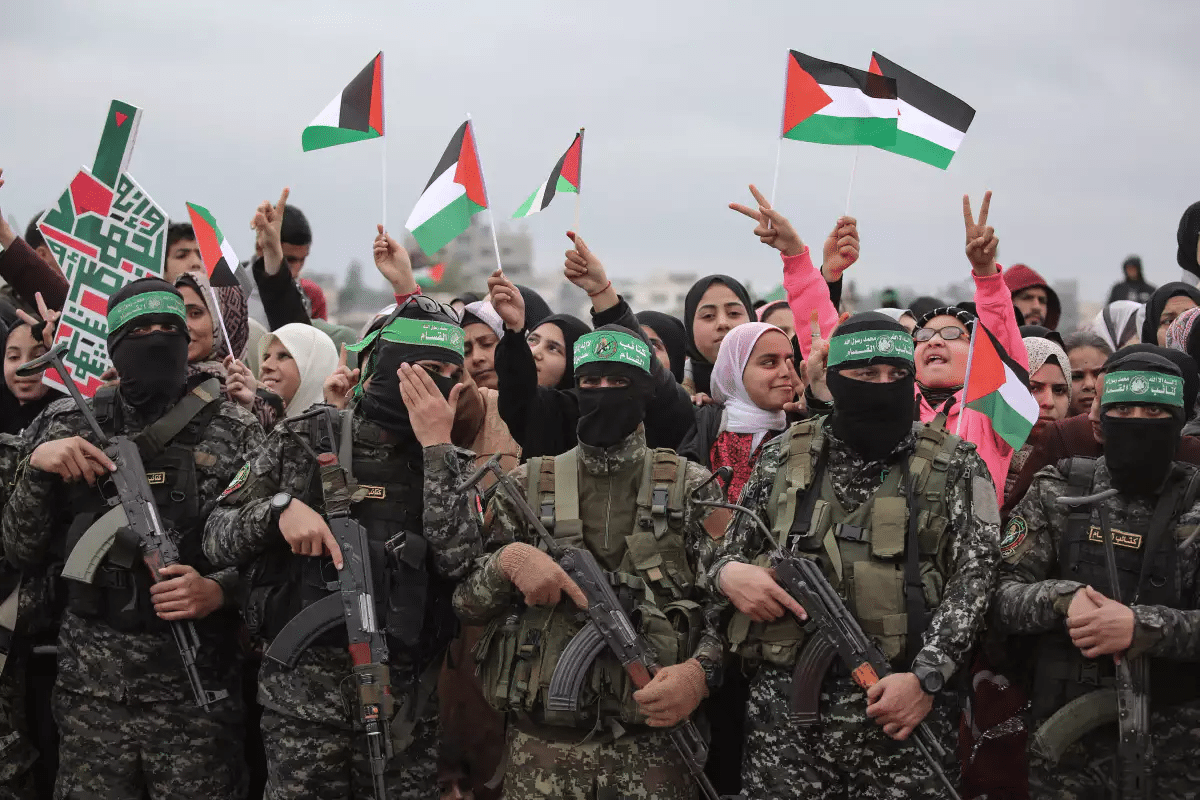Significant differences remain between Israel and Hamas, despite its announcement that it has accepted a proposal to release five living hostages. While the partial resumption of fighting and the halt of humanitarian aid into Gaza appears to have pushed the terrorist organization to show some flexibility, there is still a wide gap between its position and the proposal by Steve Witkoff, the US Special Envoy to the Middle East, which Israel supports.
Hamas offered to release five living hostages, but Israel is demanding 11 in the initial stage, as well as the return of bodies, about half of those still held in Gaza. Hamas is only willing to meet half of that. But the dispute is not only over numbers, but also over the conditions for their release.
While the original Witkoff proposal called for a 40-day ceasefire in exchange for 10 or 11 living hostages, followed by continued talks on ending the war under conditions that include demilitarizing the Gaza Strip and ousting Hamas from power, the leadership of Hamas is demanding a ceasefire that necessarily leads to the end of the war, reconstruction of Gaza, and its continued rule in the strip in "the day after".

All this is already being demanded as a commitment in the first stage, effectively constituting a Hamas demand to end the war on its own terms, something Israel's political leadership firmly rejects. Prime Minister Benjamin Netanyahu has the option of pursuing either a partial deal or a full agreement under which Hamas would no longer be in power, but neither of those options is currently on the table.
Talks mediated by Egypt and Qatar are aimed at pushing Hamas further, while Israel signals readiness to intensify its strikes in Gaza and expand its control on the ground. The US continues to back Israel's position and its insistence on adhering to the Witkoff framework.
Notably, negotiations are still ongoing, contrary to the false impression Hamas is trying to create that it has agreed to release hostages and the ball is now in Israel's court.




